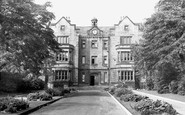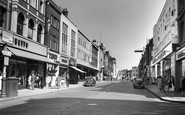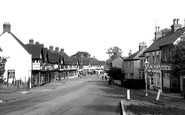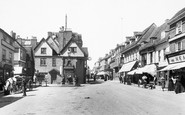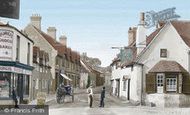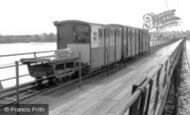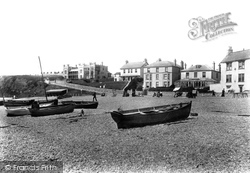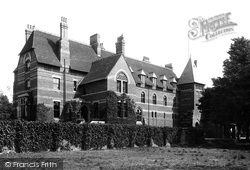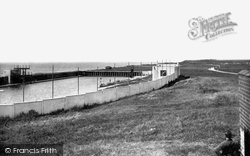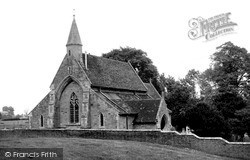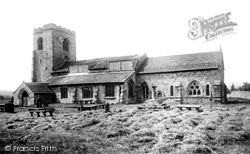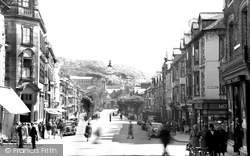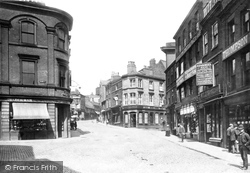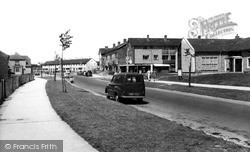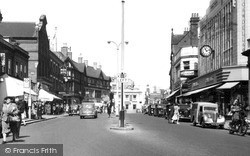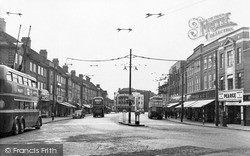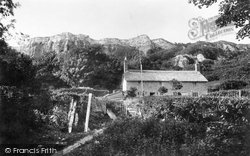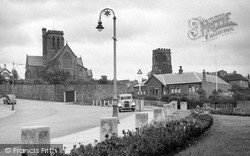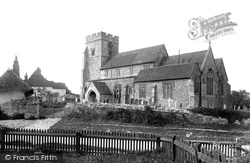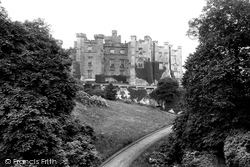Places
8 places found.
Those places high-lighted have photos. All locations may have maps, books and memories.
Photos
80 photos found. Showing results 621 to 80.
Maps
49 maps found.
Books
Sorry, no books were found that related to your search.
Memories
1,421 memories found. Showing results 311 to 320.
Nether Edge Hospital 1974.
I was a Pupil nurse sent to Nether Edge Hospital for my 'Care of the Elderly placement' in 1974 on the elderly rehab, female ward. Forty- one years ago ! My maiden name was Paula Furniss training at Clarke House if any ...Read more
A memory of Sheffield by
Sshooldays In Blackburn
I moved with my parents from Preston to Blackburn in 1946 We lived on Park Avenue off Shear Brow attended Four Lanes End CP School on Revidge Road where I was very happy My recollections of that school was a teacher called ...Read more
A memory of Blackburn
Woolworths
As a 14 year old I was a 'Saturday girl' at Woolworth's in 1961. I was on the glass counter, selling everything from vinegar bottles with plastic tops, ashtrays, jugs etc. The number of items displayed on the sloping counter was enormous ...Read more
A memory of Woolwich by
The Awakening
On the right of the photograph the second shop belonged to Arthur Sansom, the Newsagents and Confectioners. It has a sign board above the shop front: PICTURE POST. In the Easter holidays of 1959 at the age of 14½, I took my first ...Read more
A memory of Locksbottom
My Barmouth Holidays
In 1946 my dad decided we would join an aunt and uncle holidaying at Barmouth. They had hired a little caravan for two weeks at Caerdaniel farm Llanaber. Dad dug out his prewar camping gear [we were camping at Clevedon in ...Read more
A memory of Barmouth by
Good Mates And Grown Ups
I was born in 1937 at Steed Road Muswell Hill. 1938 moved to 137 Northview Road opposite the alley leading to the playing fields. Used to go that way to school at Crouch End sec mod. First school Campsbourne Road Primary. It ...Read more
A memory of Hornsey by
Life Above Corals Coal Shop
my parents moved to an empty flat above the coral coal shop in bank street.my Father worked for corals coal as a delivery driver.The flat was an extra bonus i was born in Dover 1954 and when we left there we moved to a ...Read more
A memory of Ashford
Wargrave In Berkshire About 1966.
I used to work for a company called David Greig, they had provisions shops in many towns with the flagship shop at that time (mid sixties) being the one at Reading. I worked mainly in the Orpington shop and was asked ...Read more
A memory of Wargrave
Hythe Ferry And The Liners
From 1954-60 I travelled from Blackfield to the Gregg School in Winn Road. It was a 'long and winding' road by bus, so it became an adventure to travel by the Hythe Ferry. A walk or run up the pier, or a fun ride in ...Read more
A memory of Hythe by
A Beginning
My Grandfather, Richard Summersgill, was born in Prescot, Lancashire on July 9, 1864 the son of Richard and Ellen Gore Summersgill. He emigrated to USA in 1888. His friend Peter Kelly worked at the Pilkington Glass with him, and they ...Read more
A memory of Salford by
Captions
877 captions found. Showing results 745 to 768.
Swindon adopted the Public Libraries Act in 1942, and its first public library opened in McIlroy's departmental store in Regent Street the following year.
Seaton developed as a resort in the 1850s, and in the years that followed a number of hotels were built to cater for the town's popularity with visitors.
Its expansion followed rapidly on its new site, occupying the buildings seen in this view designed by Edwin Dolby in High Victorian style and opened in 1870.
Following the First World War, many changes took place once again around Britain, and in Barrow and Furness in particular.
Inserting the tower on four piers inside the existing building was a great feat of engineering skill, and following the 1539 Suppression, dismantling the tower proved too difficult.
The following year he was betrayed to the English, captured, and taken to Shrewsbury, where he was hung, drawn and quartered.
In fact, its west end, seen in the photograph, gives the false impression that the grand nave arch has been blocked following the demolition of more elaborate fabric.
The fact that the churchyard is circular suggests that it follows the line of some earlier Roman structure.
At the beginning of the 19th century, a number of new streets were built following the grid pattern of the mediaeval town.
The Colonial & American Meat Stores (right) are next to the emporium owned by Charles Cox, which is followed by Watson's, selling toys and fancy goods.
A similar view to the one above, but this follows work carried out to the chancel by Sir Charles Nicholson in 1932. Note also the new screen on the right for the Lady Chapel.
The shops on the right are Thompson Bros, clothiers, at number 16, followed by Wild`s Hat Manufactory, established in 1850, then Freeman, Hardy & Willis (boots and shoes) at number 20, Thomas Davies
The following year the boundary was extended to bring all the land acquired into the borough.
This photograph shows the later building, built in 1937, which itself became redundant following the amalgamation of the Grammar School and the Secondary Modern School in the 1980s.
This view shows Caerphilly following the restoration both of its fabric and its water defences by the Marquis of Bute.
Inserting the tower on four piers inside the existing building was a great feat of engineering skill, and following the 1539 Suppression, dismantling the tower proved too difficult.
A few roads had been added during the following three hundred years, but the main High Street is still very long and busy.
When the roads on the Portmore estate were adopted by Weybridge UDC in the 1890s, following extensive house building, Mr Ward presented the pillars to the council on condition that they were preserved
In 1924, Richmond House, a large house with extensive grounds on the river-front by the Embankment, came into council ownership, following an unsuccessful bid at auction, a fumbled attempt at compulsory
In the decades that followed there were a number of minor landslips, forming the wild and jumbled wood and cliff that we see today.
Following closure in 1981 and the establishment of the London Docklands Development Corporation that same year, all of the former docklands have been transformed with stylish flats, warehouse
Following the devastating fire of 1857, a room was rented in the Ship Inn for Sunday worship until a new church could be built.
The compact grey stone 14th-century church was rebuilt following a fire in the mid 15th century at the behest of its then rector James Goldwell, who later became the Bishop of Norwich.
The castle was owned by the mighty Neville family until the 16th century, when in 1569 it was confiscated by the Crown following their involvement in the Rising of the North and a plot to overthrow
Places (8)
Photos (80)
Memories (1421)
Books (0)
Maps (49)

